A chapati tawa is a specific type of tawa or griddle that is designed for making chapatis, also known as rotis or Indian flatbreads. It is a versatile and essential tool in Indian kitchens for preparing chapatis, which are a staple food in many households.
What is a Chapati Tawa?
The chapati tawa is typically round in shape with a flat cooking surface and slightly raised edges. It is usually made of materials like cast iron, aluminum, or stainless steel, chosen for their heat conductivity and durability.
The chapati tawa is specifically designed to cook chapatis at high temperatures, allowing them to puff up and develop a desirable texture. The hot surface of the tawa helps in achieving a soft, evenly cooked chapati with a slight char.
To use a chapati tawa, it is preheated on a stovetop burner or flame. Once heated, a portion of dough is rolled into a round shape and placed on the tawa. As the chapati cooks, it is flipped to cook on both sides until it puffs up and develops golden-brown spots. The chapati tawa's flat surface and even heat distribution aid in achieving an evenly cooked chapati.
Chapati tawas are available in various sizes to accommodate different quantities of dough and suit individual preferences. They are commonly used in combination with a rolling pin (belan) to roll out the dough and a pair of tongs or a spatula for flipping the chapatis.
In addition to making chapatis, a chapati tawa can also be used for other cooking tasks like cooking parathas, puris, or other flatbreads. Its versatility and specific design make it an essential tool for anyone who enjoys making chapatis or other Indian flatbreads.
Significance of Chapati Tawa in Indian Cuisine:
Chapatis are an integral part of Indian meals and are consumed regularly. The chapati tawa provides the perfect surface for cooking chapatis at high heat, allowing them to puff up and develop a desirable texture. The hot surface ensures even cooking and imparts a slight char to the chapatis, enhancing their flavor.
Importance of Chapati Tawa:
The chapati tawa holds significant importance in Indian cuisine due to its role in preparing one of the most commonly consumed and staple foods in Indian households: chapatis (also known as rotis). Here are some reasons why the chapati tawa is essential in Indian cuisine:
Versatility: While the primary purpose of a chapati tawa is to make chapatis, it is also versatile enough to be used for cooking other flatbreads like parathas, puris, and naans. The flat, round shape and even heat distribution of the tawa make it suitable for various types of flatbread preparations.
Heat Retention and Distribution: Chapati tawas, particularly those made of cast iron, have excellent heat retention properties. They hold heat well, allowing for consistent and efficient cooking. The even distribution of heat across the tawa ensures that the chapatis cook evenly and do not have hot spots.
Traditional Cooking Method: The use of a chapati tawa is deeply rooted in traditional Indian cooking methods. Making chapatis on a tawa is considered an art, and it has been passed down through generations. The process of rolling out the dough, cooking the chapatis on the tawa, and flipping them skillfully has cultural and traditional significance.
Homemade and Fresh: Chapatis made on a tawa at home are typically fresher, softer, and more flavorful compared to store-bought alternatives. The process of making chapatis on a tawa allows for customization, such as adjusting the thickness, adding different flavors or fillings, and ensuring the use of quality ingredients.
Cultural Significance: Chapatis hold cultural significance in Indian cuisine and are often associated with warmth, comfort, and family meals. The act of making chapatis on a tawa is a cherished part of Indian cooking traditions and represents the love and care put into preparing meals for loved ones.
Types of Chapati Tawa:
There are different types of chapati tawas available, each with its own features and materials. Here are some common types of chapati tawas:
Cast Iron Chapati Tawa: Cast iron tawas are a popular choice for making chapatis. They offer excellent heat retention and even heat distribution, allowing chapatis to puff up and cook evenly. Cast iron tawas are known for their durability and ability to develop a natural non-stick surface over time.
Non-Stick Coated Chapati Tawa: Non-stick tawas have a non-stick coating on the cooking surface, usually made of materials like polytetrafluoroethylene (PTFE) or ceramic. This coating helps prevent chapatis from sticking to the tawa and makes it easier to flip and remove them. Non-stick tawas require less oil or ghee for cooking and are easier to clean.
Stainless Steel Chapati Tawa: Stainless steel tawas are durable, corrosion-resistant, and easy to clean. They offer good heat distribution and are often layered or encapsulated with other metals to enhance heat conduction. Stainless steel tawas may not retain heat as well as cast iron, but they are lightweight and suitable for regular use.
Hard-Anodized Aluminum Chapati Tawa: Hard-anodized aluminum tawas have been treated with an electrochemical process that creates a hardened surface. This process makes them scratch-resistant, non-reactive, and durable. Hard-anodized tawas offer excellent heat distribution and are often coated with a non-stick layer for easy food release.
Is Chapati And Roti Same?
Yes, chapati and roti are essentially the same. The terms "chapati" and "roti" are often used interchangeably to refer to a type of Indian flatbread. Both chapati and roti are unleavened bread made from whole wheat flour (atta), salt, and water. They are staple foods in many Indian households and are typically served with various curries, vegetables, or lentil dishes.
In some regions or communities, there may be slight variations in the preparation or thickness of chapatis and rotis. For example, chapatis are generally rolled out thinner than rotis, but the difference can vary based on personal preferences and regional traditions. However, the basic ingredients and cooking method for both chapatis and rotis are the same.
How To Make Chapati In Chapati Tawa?
To make chapatis on a chapati tawa, you can follow these steps:
Prepare the Chapati Dough: In a mixing bowl, combine wheat flour (atta) with a pinch of salt. Gradually add water while kneading the dough until it is smooth, soft, and pliable. Let the dough rest for about 15-30 minutes, covered with a damp cloth, to allow gluten formation.
Preheat the Chapati Tawa: Place the chapati tawa on the stovetop and turn the heat to medium-high. Allow the tawa to heat up for a few minutes until it is hot.
Divide the Dough: Take a small portion of the dough and roll it between your palms to form a small ball, about the size of a golf ball. Repeat this process with the remaining dough.
Flatten the Dough: Take one dough ball and dip it lightly in dry flour. Place it on a flat surface and flatten it with your palm to form a small disc. Dust both sides with dry flour to prevent sticking.
Roll Out the Chapati: Using a rolling pin (belan), roll out the dough ball into a thin, round chapati. Rotate the chapati occasionally while rolling to maintain an even thickness.
Place the Chapati on the Tawa: Carefully lift the rolled chapati and place it on the preheated chapati tawa. Allow it to cook for about 30 seconds to a minute, or until you see small bubbles forming on the surface.
Flip and Cook: Using a spatula or tongs, flip the chapati to the other side. Press gently with the spatula or a clean kitchen towel to help it puff up. Cook for another 30 seconds to a minute.
Remove and Keep Warm: Once cooked, remove the chapati from the tawa and transfer it to a plate. You can lightly brush it with ghee (clarified butter) or keep it plain. Fold the chapati in half or quarters to keep it warm and prevent it from drying out. Repeat the process with the remaining dough balls.
Repeat for the Remaining Chapatis: Roll, cook, and flip the remaining chapatis one by one, following the same steps.
Serve Hot: Serve the freshly made chapatis hot with your favorite curries, vegetables, or accompaniments.
Best Chapati Tawa in India:
If you are looking for the best chapati tawa in India, you have come to the right page. Meyer offers the widest range of chapati tawa, each better than the other. From different materials, sizes, shapes and price range, these chapati are made for your sheer comfort. These chapati tawas are 100% safe, durable, comfortable and perfect for you and your kitchen.

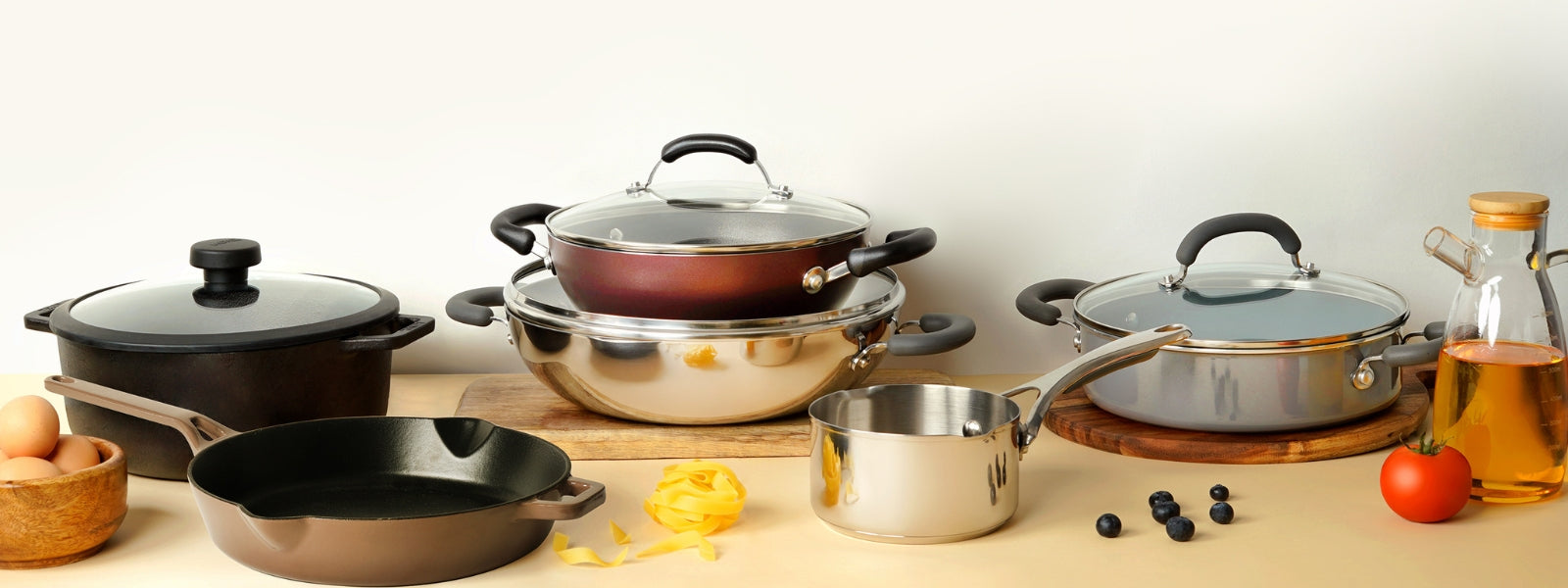
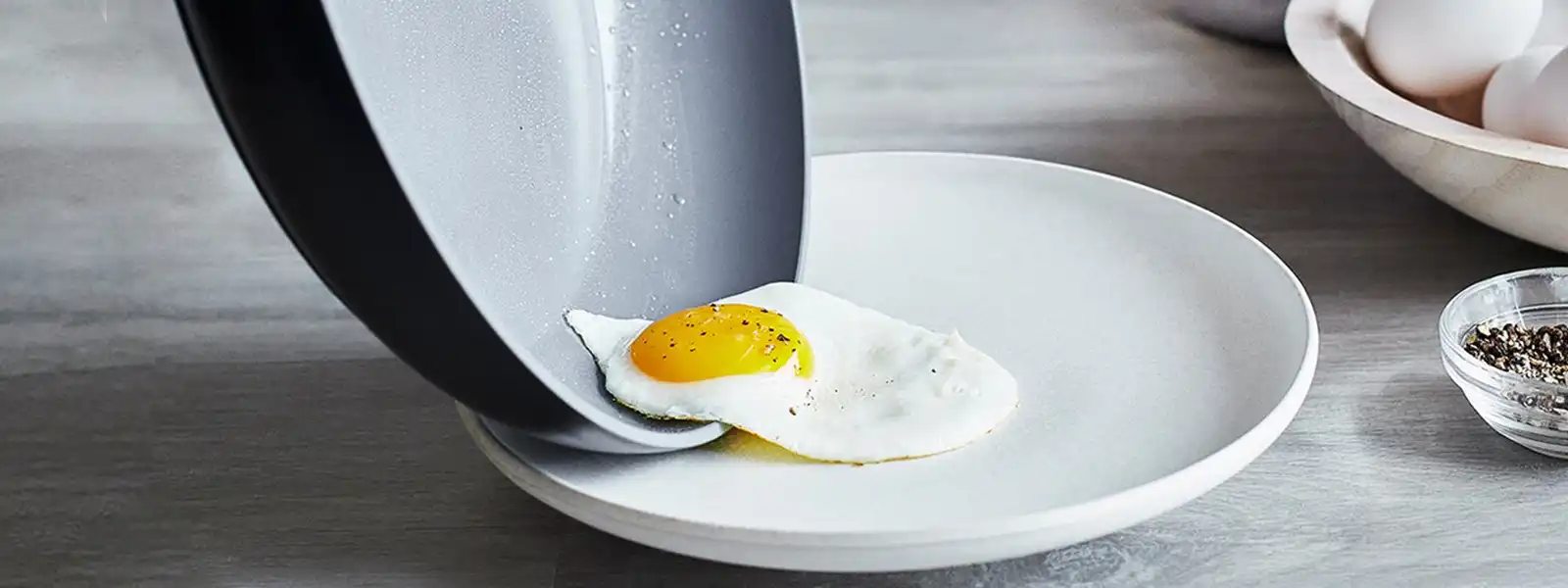
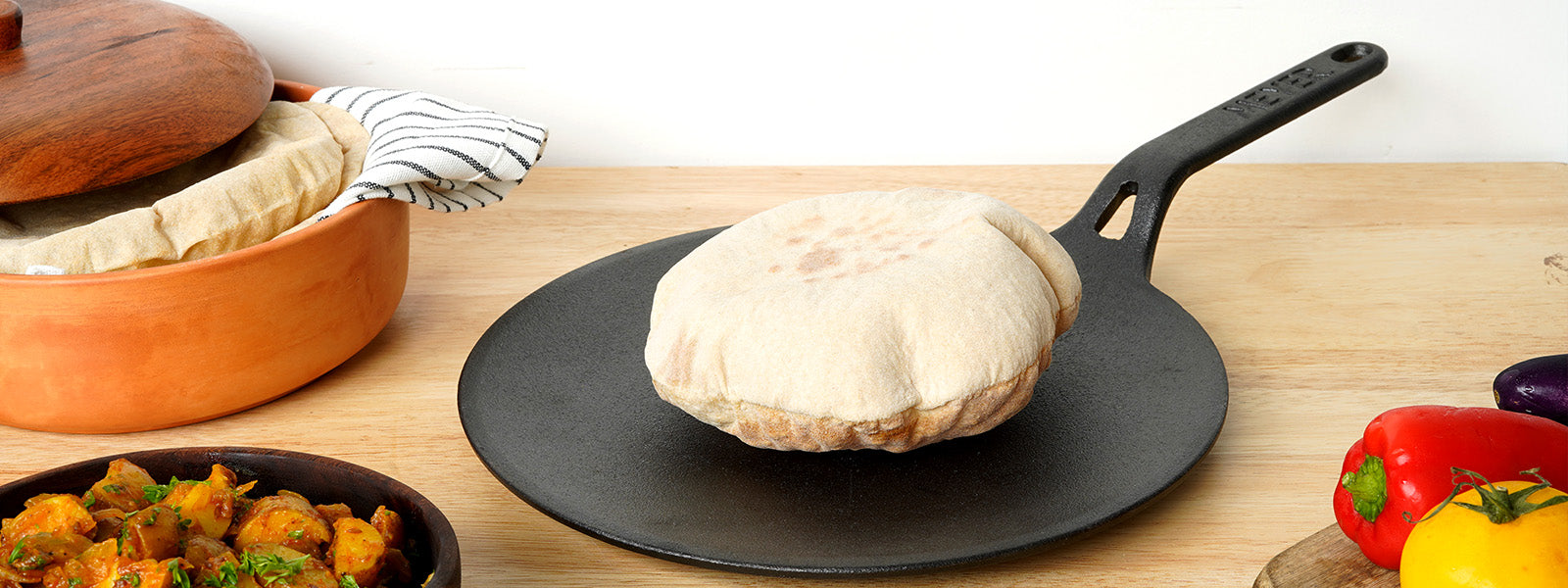
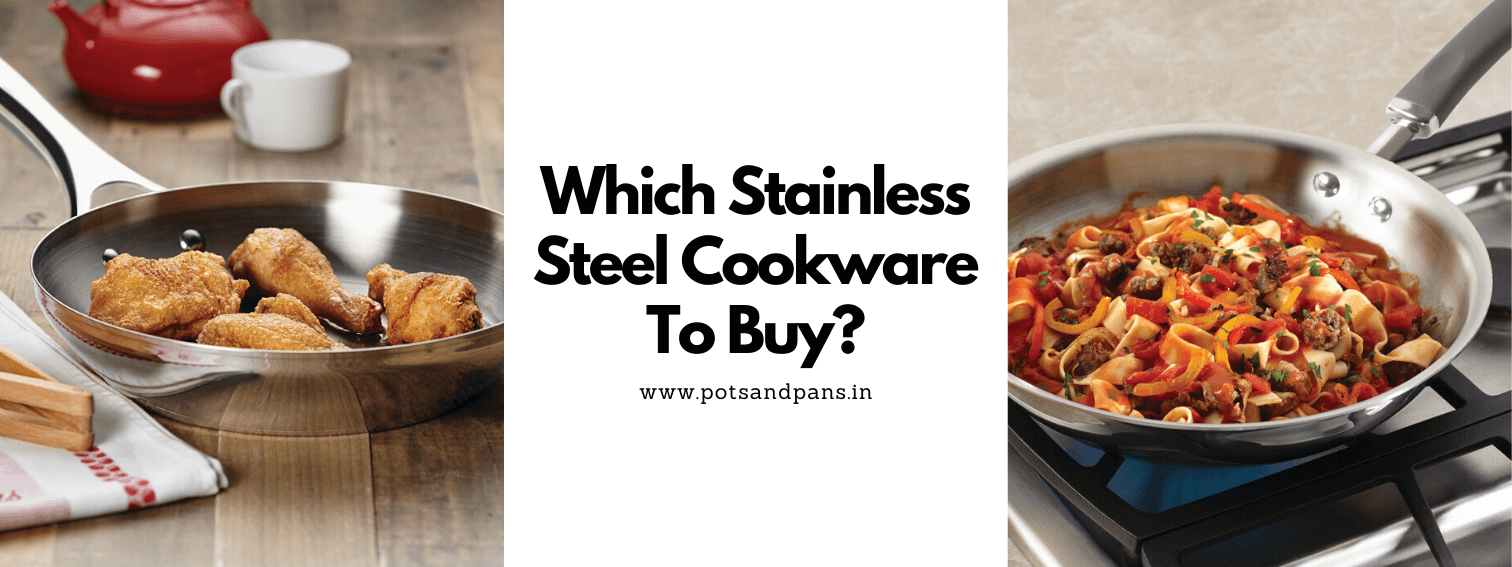
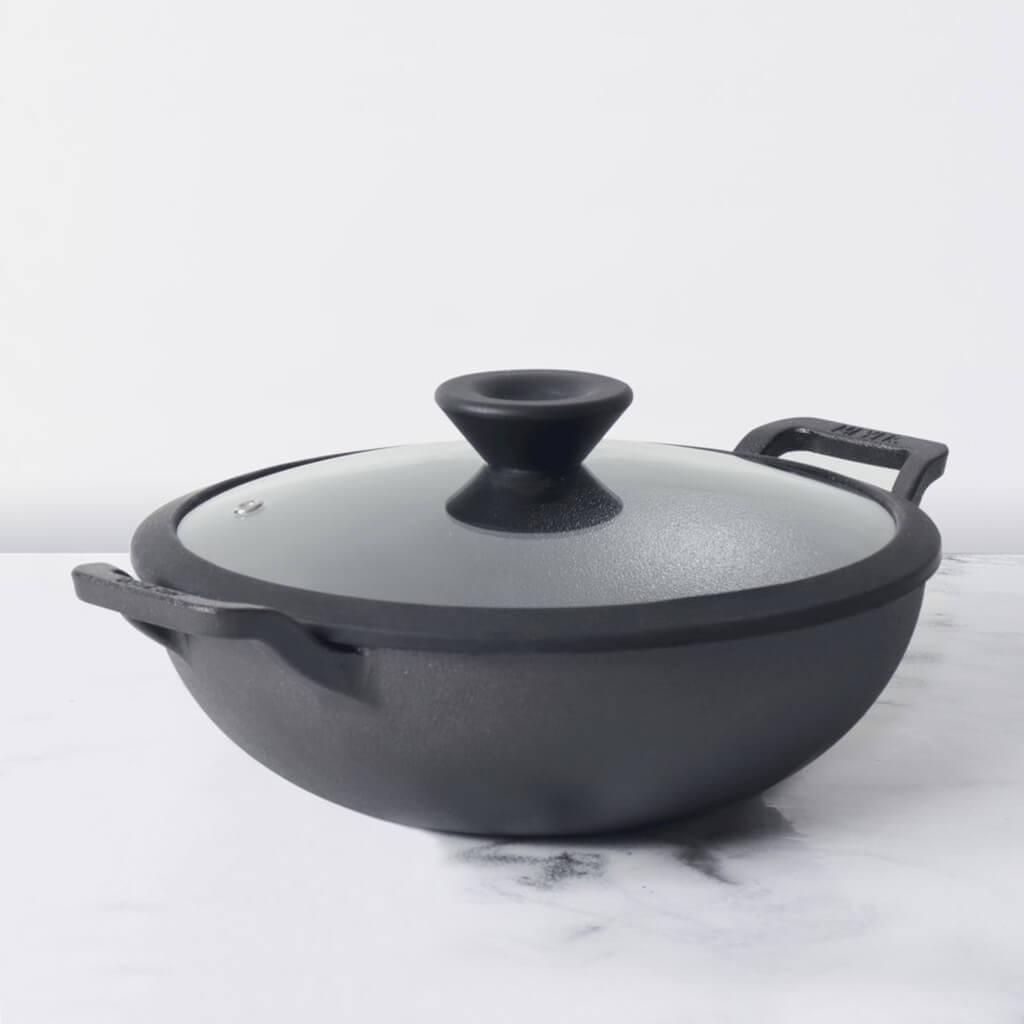
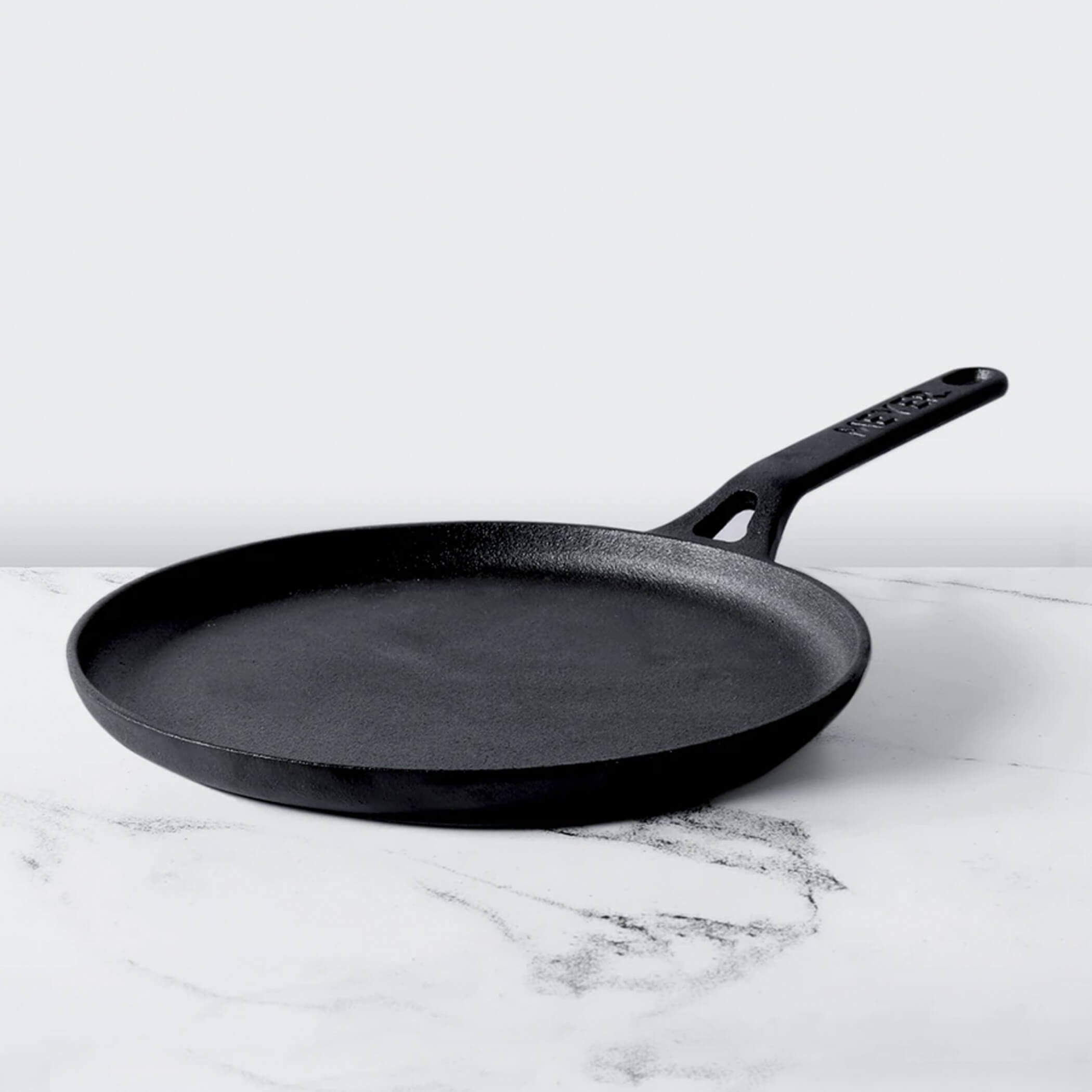




Leave a comment